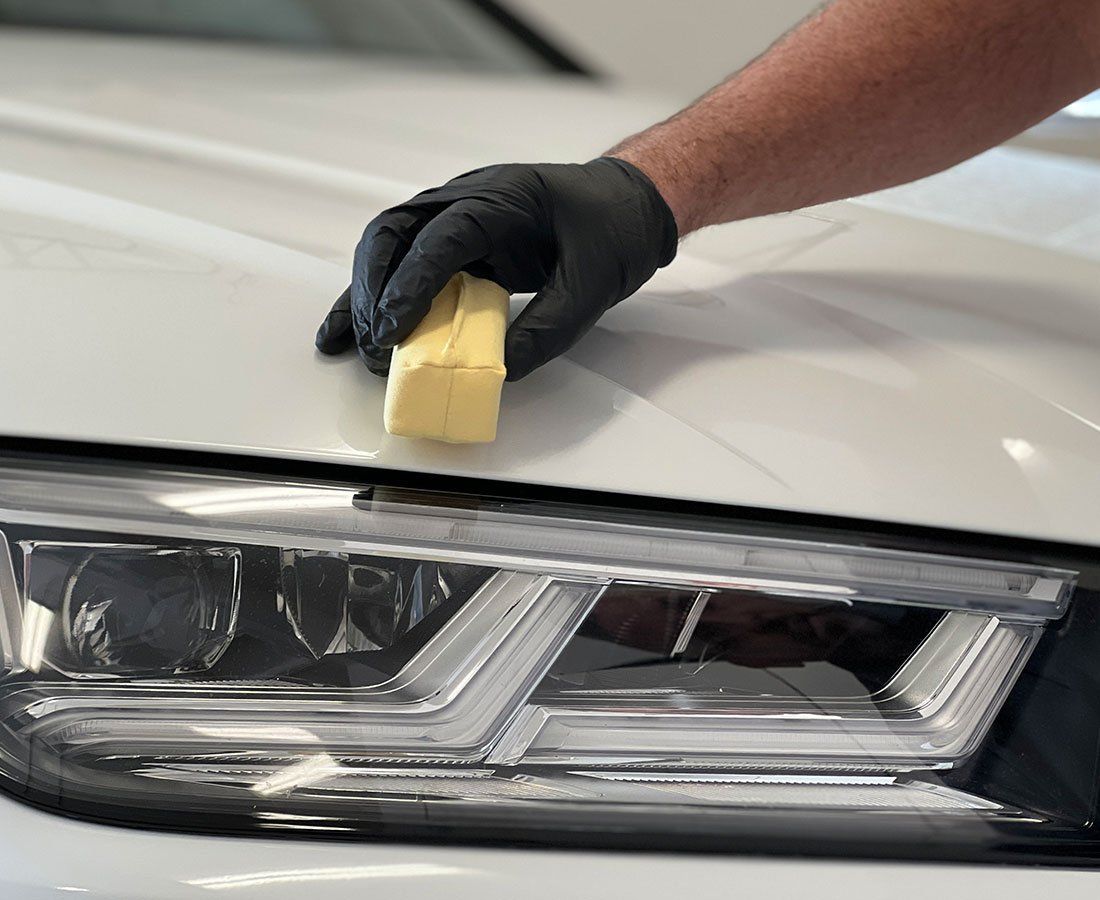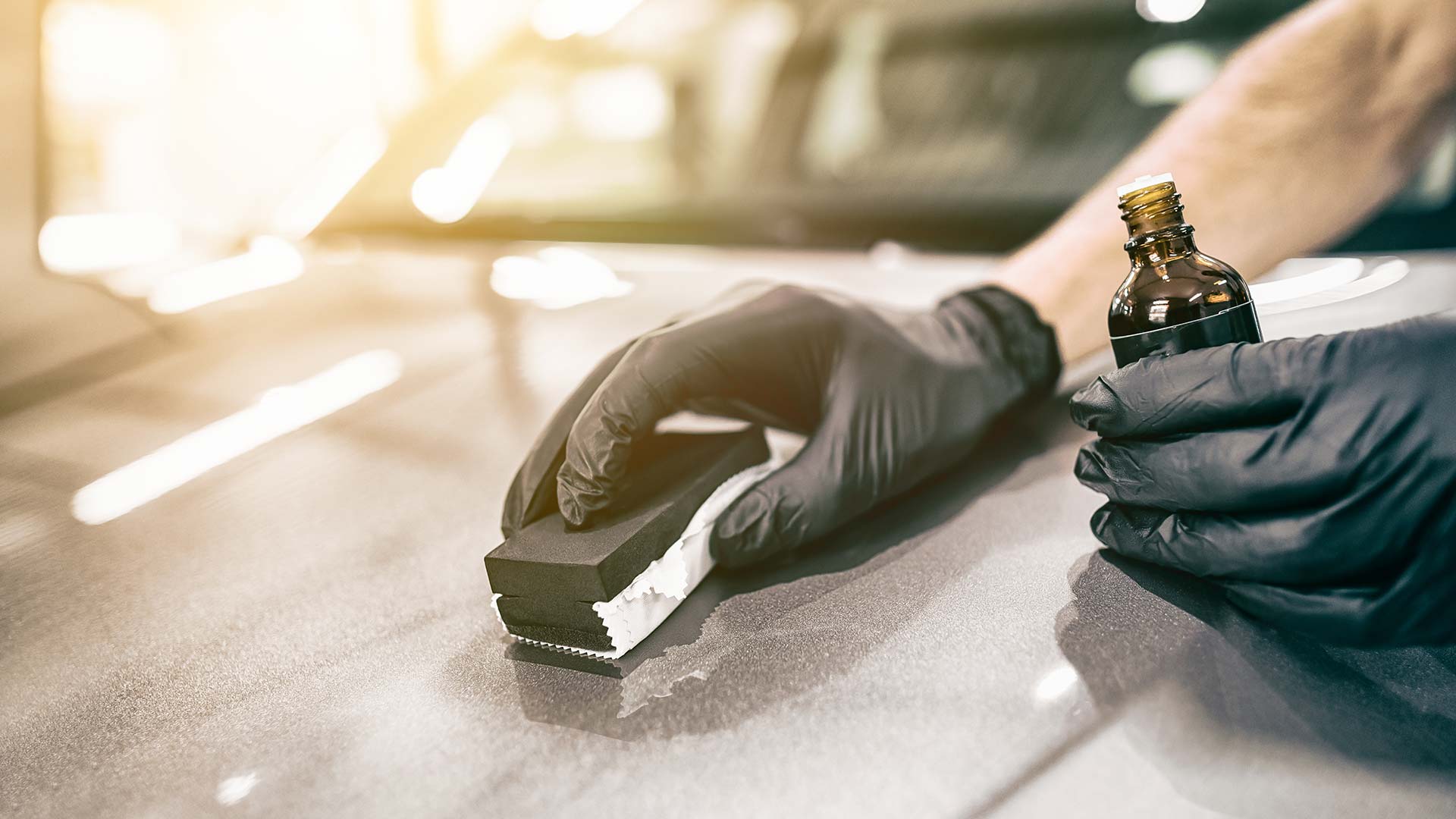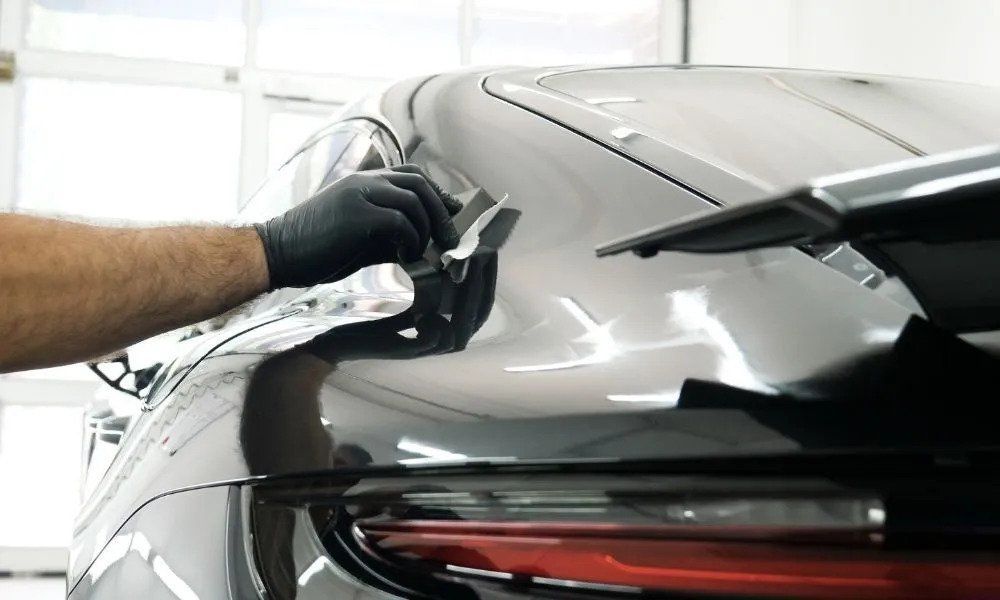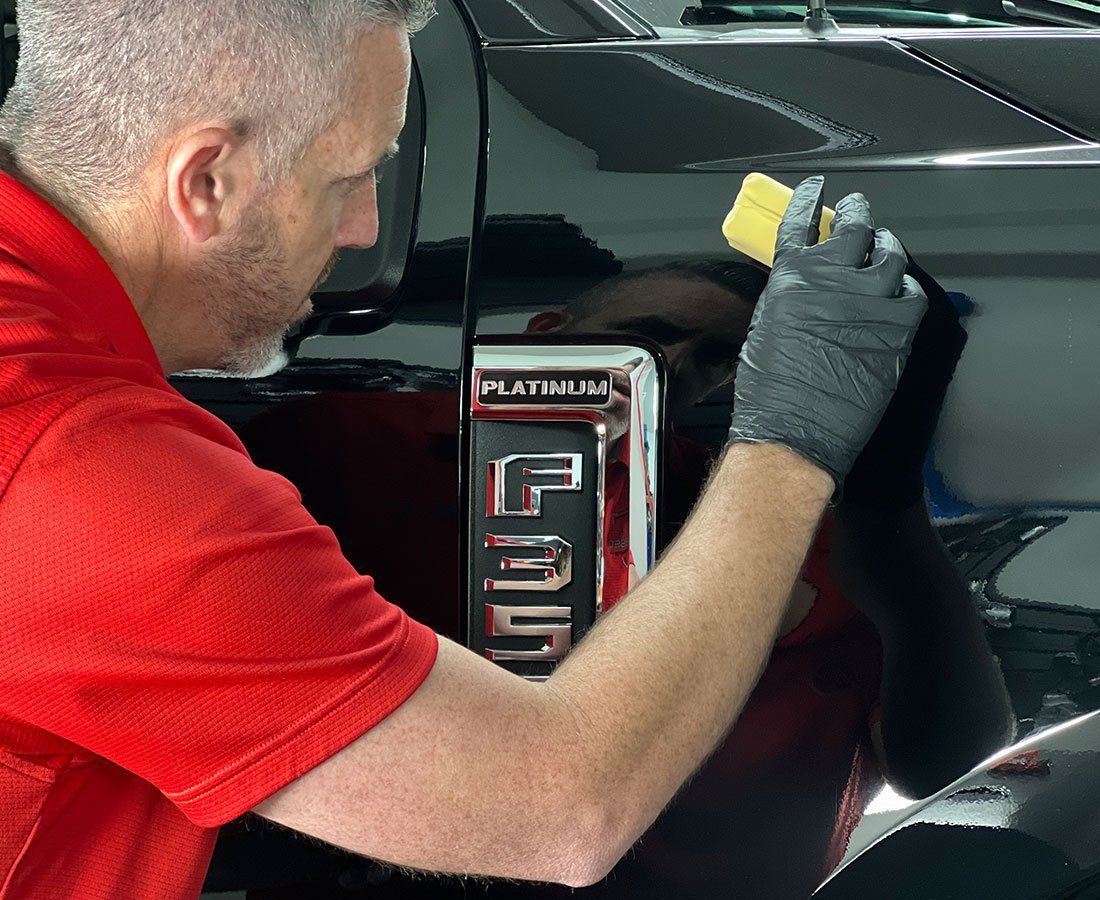Exploring the Heat Resistance of Ceramic Coating: Benefits and Applications Revealed
Ceramic coatings are built to be tough, able to bear the brunt of intense heat without losing their function or form. They serve as a protective wall, shielding materials under them from high-temperature damage, which enhances their lifespan and performance. But these coatings are not just barriers; they also enhance the aesthetics of the objects they cover, lending them a polished, durable finish that can last for years.
Ceramic coatings are known for their exceptional heat resistance, with some variations capable of withstanding temperatures as high as 1600 degrees Fahrenheit. These coatings provide crucial protection for engine components from heat-induced damage, ensuring durability and efficiency in high-temperature environments.
Exploring the Heat Resistance of Ceramic Coating
Picture this: there's a material that can withstand temperatures as high as 1200 degrees Fahrenheit, and in some cases even higher than 1600 degrees Fahrenheit. That's the power of ceramic coating. It acts as a shield against extreme heat, surpassing the capabilities of traditional paints and coatings by a long shot. But it's not just about tolerating the heat; it's about providing the utmost protection to the underlying materials. Now, let's understand precisely what makes this possible. Ceramic coatings are designed with special formulas that offer exceptional resistance to environmental abrasion, corrosion, and chipping. This means they can protect metals within exhaust systems from the harsh effects of corrosion and rust caused by prolonged exposure to heat, engine oil, gas, and road salts.
But wait, there's more! The heat resistance provided by ceramic coatings ensures the longevity and performance of engine components such as hoses, fittings, and wiring harnesses. No more worries about your engine parts wearing out prematurely due to excessive heat. Ceramic coatings essentially act as thermal barriers, improving the efficiency of engines. They help in maintaining an optimal temperature for various components, preventing overheating and potential damage. Some may think these coatings only serve a functional purpose, but that's not entirely true. They also offer aesthetic enhancements with options for luster, color, smooth finish, and a variety of available colors that do not fade or crack over time. So not only are you getting top-notch protection but also an opportunity to add a touch of personalization to your machinery.
Unique Properties of Ceramic Coating
One of the standout features of ceramic coatings is their high-temperature tolerance. This means they can withstand seriously scorching heat, ranging from 1200 to over 1600 degrees Fahrenheit, depending on the specific type used. In practical terms, this makes ceramic coatings crucial for protecting components in environments where temperatures soar, such as engine parts and exhaust systems.
- Corrosion Resistance: Not only do these coatings tolerate extreme heat, but they also offer exceptional resistance to corrosion. Heat isn't the only enemy - there's also engine oil, gas, and road salts that can cause serious damage. Ceramic coatings serve as powerful shields against these corrosive forces, effectively extending the lifespan of the materials they protect. It's like giving your car parts an invisible suit of armor, protecting them from harm and ensuring they stay in top condition for longer.
- Thermal Barrier Function: Ceramic coatings don't just form a protective barrier - they also act as thermal barriers. By doing this, they actually improve the efficiency of the components underneath. It's like putting on a thick winter coat when it's really chilly outside; your body stays nice and warm because the coat traps the heat close to you. That's essentially what ceramic coatings do for engine parts and other components - they keep the heat where it belongs, making sure everything works properly.
Now, these are merely a few examples of why ceramic coatings are so special and essential in high-temperature environments. Their capacity to withstand extreme heat, resist corrosion, and function as thermal barriers makes them indispensable for safeguarding vital machinery and equipment.
Applying Heat-Resistant Ceramic Coating
The application of a heat-resistant ceramic coating is an intricate process that involves highly specialized materials and precise application techniques. These coatings are meticulously engineered to endure extreme temperatures without breaking down or losing their protective abilities. The composition of high-temperature ceramic coatings typically includes finely-tuned combinations of ceramic particles and a binding resin that can withstand intense heat without degrading. The ceramic particles in the composition are often carefully chosen for their ability to maintain their structural integrity at elevated temperatures. This unique blend of components allows the coating to provide exceptional heat resistance while retaining its structural stability under duress.
The application process for these specialized coatings is equally detailed and precise. Precision application techniques are often employed to ensure an even and consistent layer of protection across the surface. This meticulous approach is crucial for guaranteeing maximum coverage and uniform distribution of the ceramic particles, thereby optimizing the coating's heat-resistant properties. The curing process plays a pivotal role in solidifying the ceramic coating's integrity. Depending on the specific formulation and requirements, curing can occur at room temperature or be accelerated with a controlled heat application. This ensures that the protective layer adheres firmly to the substrate, creating a durable barrier against high temperatures while maintaining its structural resilience.
In essence, it's not just about what goes into these coatings; it's also about how they are meticulously applied and cured to achieve optimal performance in challenging thermal environments. For optimal performance, it is best recommended to have a professional ceramic coating application.
Ceramic Coating as a Shield from Heat
Imagine a super-strong shield capable of protecting against the intense heat of a blazing fire. That's what ceramic coating is like for materials and components exposed to high temperatures. But how does it work its magic, and why is it so important?
When metals are exposed to high temperatures, they can warp, corrode, or even melt. This can happen in situations like the inside of an engine, where things get really hot as they work hard to power your car forward. The ceramic coating acts as a barrier between the metal components and the extreme heat, preventing direct contact and reducing the transfer of thermal energy. Think of it like wearing a protective suit in a fiery environment; the suit acts as a shield that prevents your skin from getting burned. Similarly, ceramic coatings provide a protective layer that shields underlying materials from the detrimental effects of high heat.
This dormant protection feature becomes crucial when considering exhaust systems in vehicles, which are both subjected to extreme temperatures and susceptible to corrosion. By applying ceramic coatings to these systems, the underlying metals are shielded from the damaging effects of heat exposure, ensuring longevity and reliability. Ceramic coatings act as a barrier against corrosion caused by heat, engine oil, gas, and road salts. The protective nature of ceramic coatings ensures that critical engine components such as hoses, fittings, and wiring harnesses remain well preserved under extreme temperature conditions.
The benefits provided by this shield include:
- Protection from heat-induced degradation
- Enhanced longevity of components
- Resistance to corrosion and erosion
- Preservation of critical engine parts
- Reduced maintenance and replacement costs
Lifespan of Ceramic Coatings in Extreme Heat
Ceramic coatings are engineered to endure extreme conditions, and high temperatures are no exception. Subjected to intense heat, these coatings exhibit remarkable resilience, maintaining their protective properties over extended periods. The composition and application process of ceramic coatings contribute to their exceptional durability, making them a preferred choice for industries and applications with frequent exposure to extreme heat. The longevity of ceramic coatings in extreme heat significantly enhances the overall reliability of the protected components. Unlike traditional paint or sealants that may degrade under intense heat, ceramic coatings prevent heat-induced damage, providing a higher level of protection. Proper maintenance and care can further enhance the resistance of ceramic coatings to extreme heat. Regular inspection and maintenance help ensure that the protective properties of the coating remain intact over time, providing consistent heat protection for critical components.
Premier Ceramic Coating Services in South Jordan, UT
Shield your vehicle from UV damage with Obsessed Detail and Restoration's premier ceramic coating service in South Jordan, UT. Our meticulous application ensures long-lasting protection for your car's paint, guarding it against the harmful effects of the sun and maintaining its showroom shine for years to come. Don't compromise on quality; safeguard your investment today by contacting Obsessed Detail and Restoration for the ultimate ceramic coating solution. Call us at (801) 708-9059 to get started!







